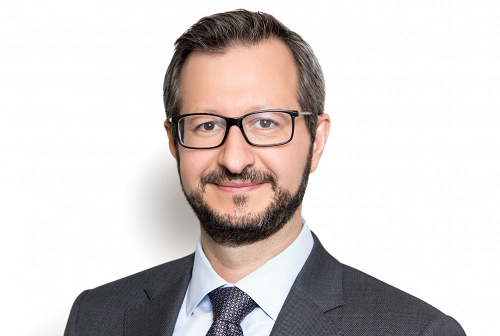Firm marks 10-year anniversary of its dividend growth investment approach and explains how it marries algorithms and brainpower

Bristol Gate Capital Partners celebrated the 10-year anniversary of its man-and-machine approach to investment this week and cast a bullish eye to the future.
The company, which combines data science and fundamental analysis in its process, has a proprietary machine learning model that predicts dividend growth a year in advance. It’s a method that aims to eliminate human bias from the screening process and provide an analytical edge over its competitors.
The firm, founded in 2006, has overseen impressive growth from 2013, when it had CAD$60 million AUM, and now manages about CAD$1.3 billion. This includes two relatively new ETFs now trading on the TSX – The Bristol Gate Concentrated US Equity ETF (BGU) and The Bristol Gate Concentrated Canadian Equity ETF (BGC).
The numbers back up this progress. Dividend stock of its US strategy, since its inception in 2009 through to the first quarter of 2019, has increased at an average annual rate of 20%, with the strategy generating an annualized gross return of 17.5%. This compares to 14.7% for the S&P 500 Total Return Index.
On the Canadian strategy side, its dividend stock since its inception in 2013 through to the first quarter of 2019 has increased at an average annual rate of 12% and the strategy has generated an annualized gross return of 10.7%. This compares to 8.2% for the S&P TSX Composite Total Return Index.
Izet Elmazi, senior portfolio manager, said Bristol Gate’s 10-year results are set to be “world class” and backed its one-, three- and five-year numbers as also being attractive to investors.
He added: “Our historical results since the strategy’s inception show that when markets are rising we have captured about 100% of that upside but when markets go down, we only capture about 70% of that downside.
“At the end of the day, all we want to be is part of an investor’s solution in their portfolio. We know we are probably not going to be the entire solution but we have strategies that we think work well over cycles and that we’ve done well with over the past 10 years.”
Bristol Gate began its life as a product idea for the Bank of Nova Scotia when one of the former’s founders, Richard Hamm, saw there was a gap in its asset management business for a dividend growth product.
The financial crisis of 2009, however, put a pause on those plans, so Hamm, and co-founder Peter Simmie, invested their own capital, along with that of friends and family, to kick-start the strategy’s approach.
This involves providing investors with more income every year by identifying and investing in companies that it believes will have high dividend growth 12 months from now. Version #1 of the dividend prediction model was a linear regression model running in excel. This was upgraded in line with technological advances to the current algorithm-driven machine learning model.
While this model is a vital component of Bristol Gate's investment process, understanding the data is equally as crucial.
Elmazi said: “Following a model output blindly without any human intervention has been proven in the past – although not at Bristol Gate – to lead you over a cliff when things change. Having that human element and that good old-fashioned, fundamental work that we do is a very important part of our process.”
Validating the prediction of the model governs the business. The firm is employee-owned and fully aligned with investors, and Elmazi and the team make sure they understand the quality of the businesses they are investing in by addressing a number of questions. These include: is its market growing? What type of competitive advantage does it have? How it generates its capital? How is that deployed within its business and to shareholders?
He added: “We are not looking for businesses that are growing their dividends because they are taking up their leverage or jacking up their payout ratio to unsustainable levels.
“We are looking for companies that have some sort of tailwind within its business that’s causing revenues to grow, margins to expand and they are generating enough free cash flow where they can pay out some to us as investors but still have ample opportunity to reinvest in their business.”
The screening process is naturally stringent. If the business has a weak balance sheet, a limited operating history, or has not paid a dividend for three consecutive years, it's not considered.
Elmazi said: This combination of proactively applying these risk mitigation criteria and investing in the businesses that have good things happening to them and their industries, helps us protect on the downside and capture most of the upside.



